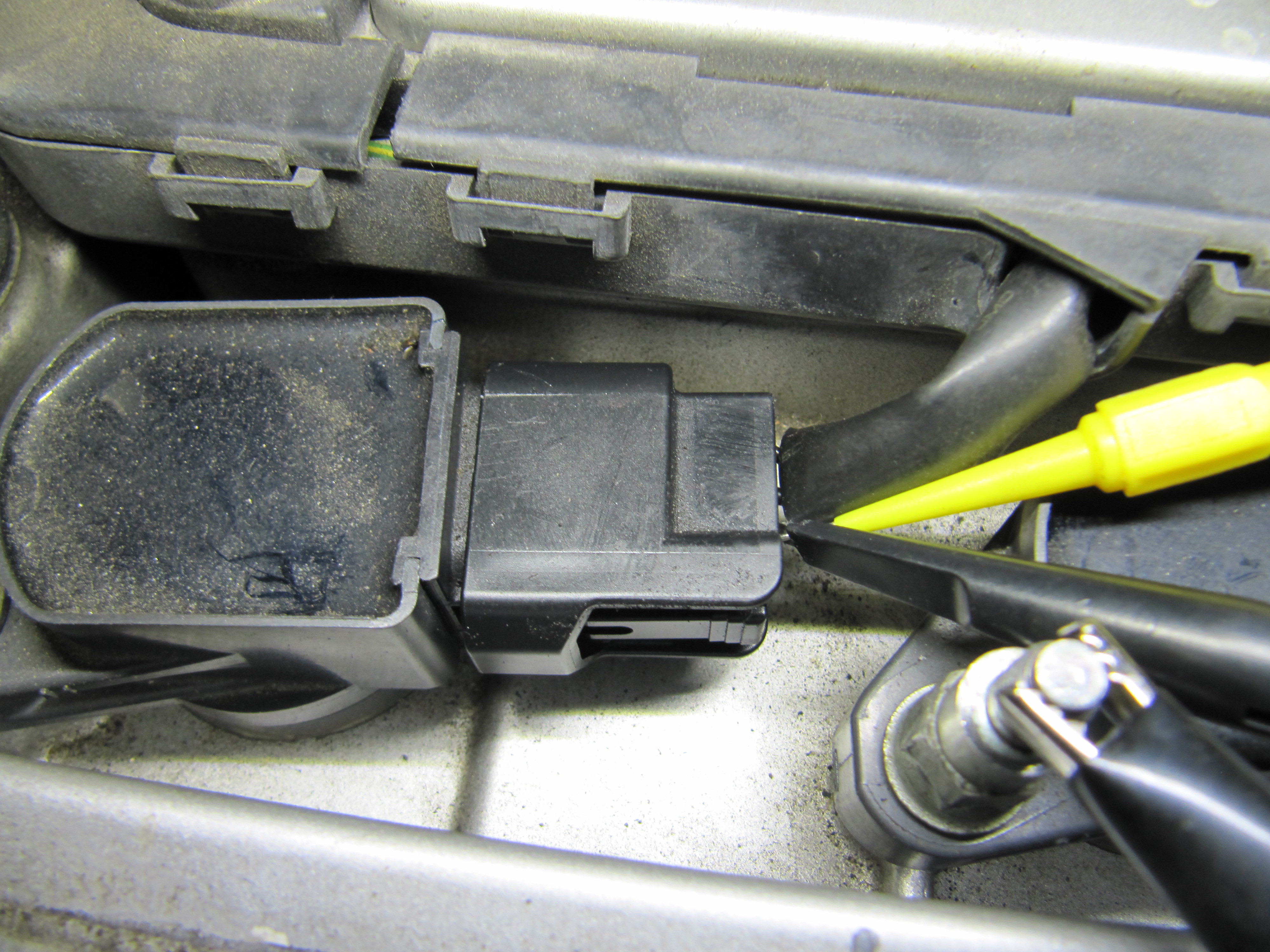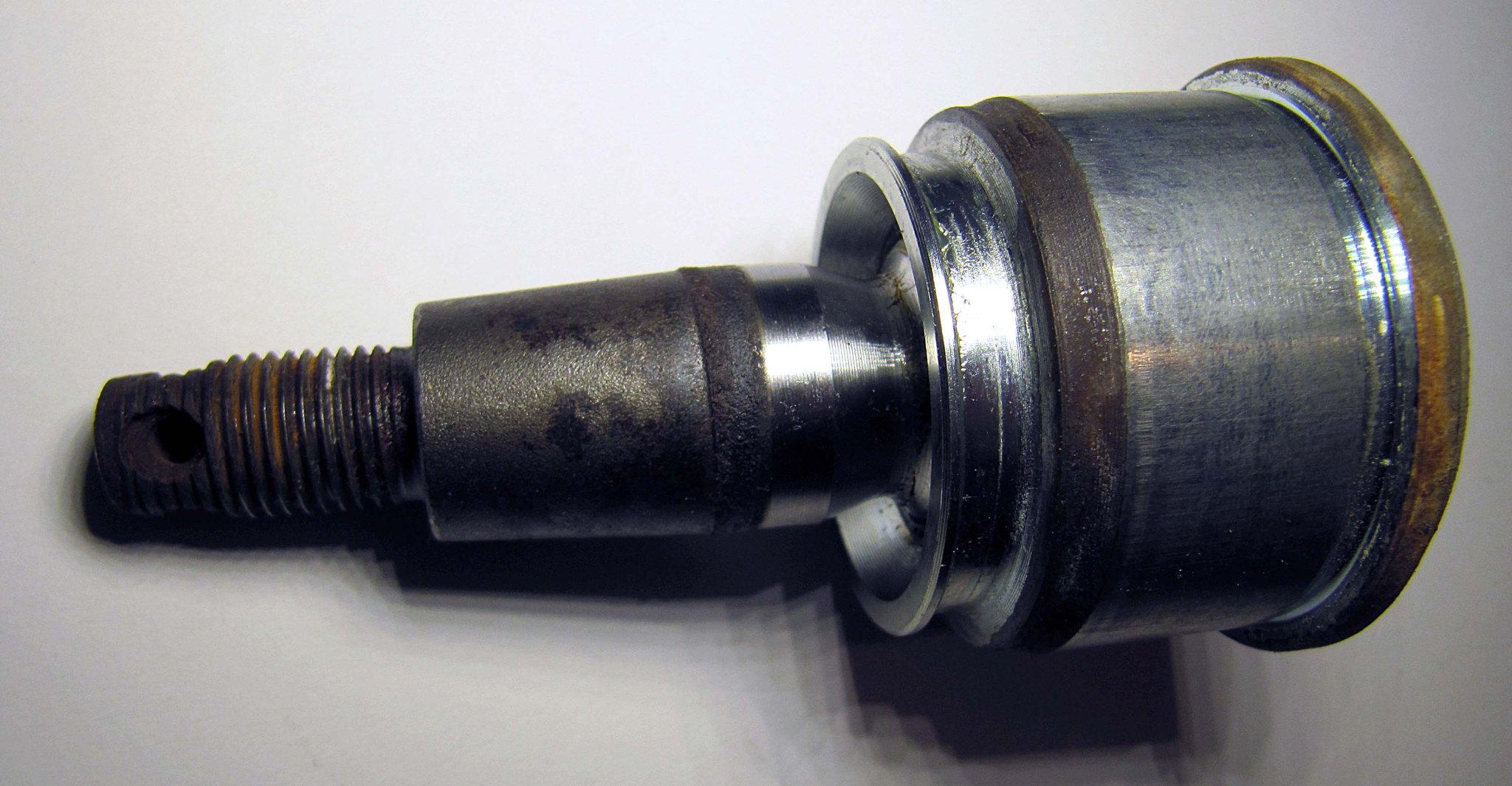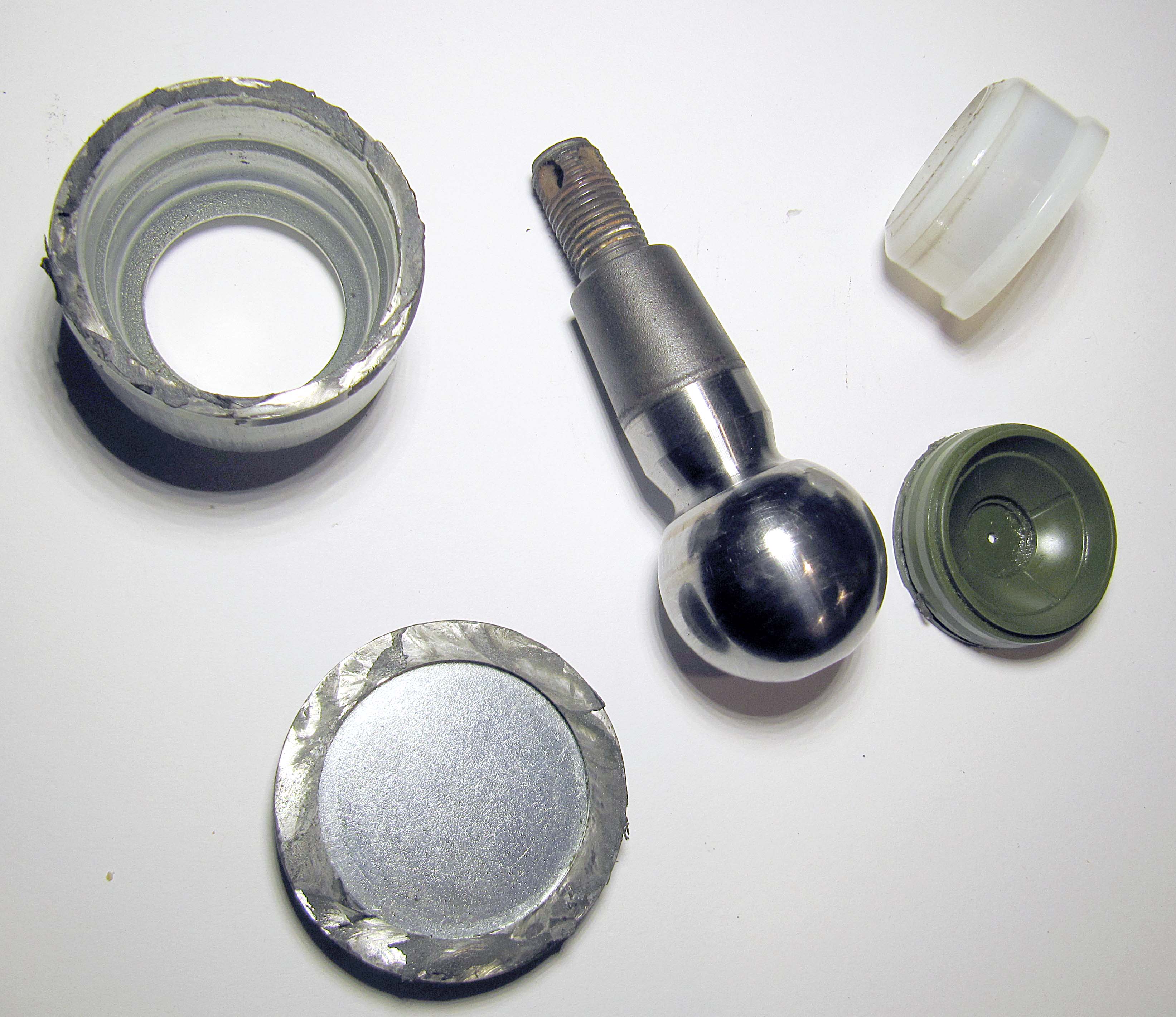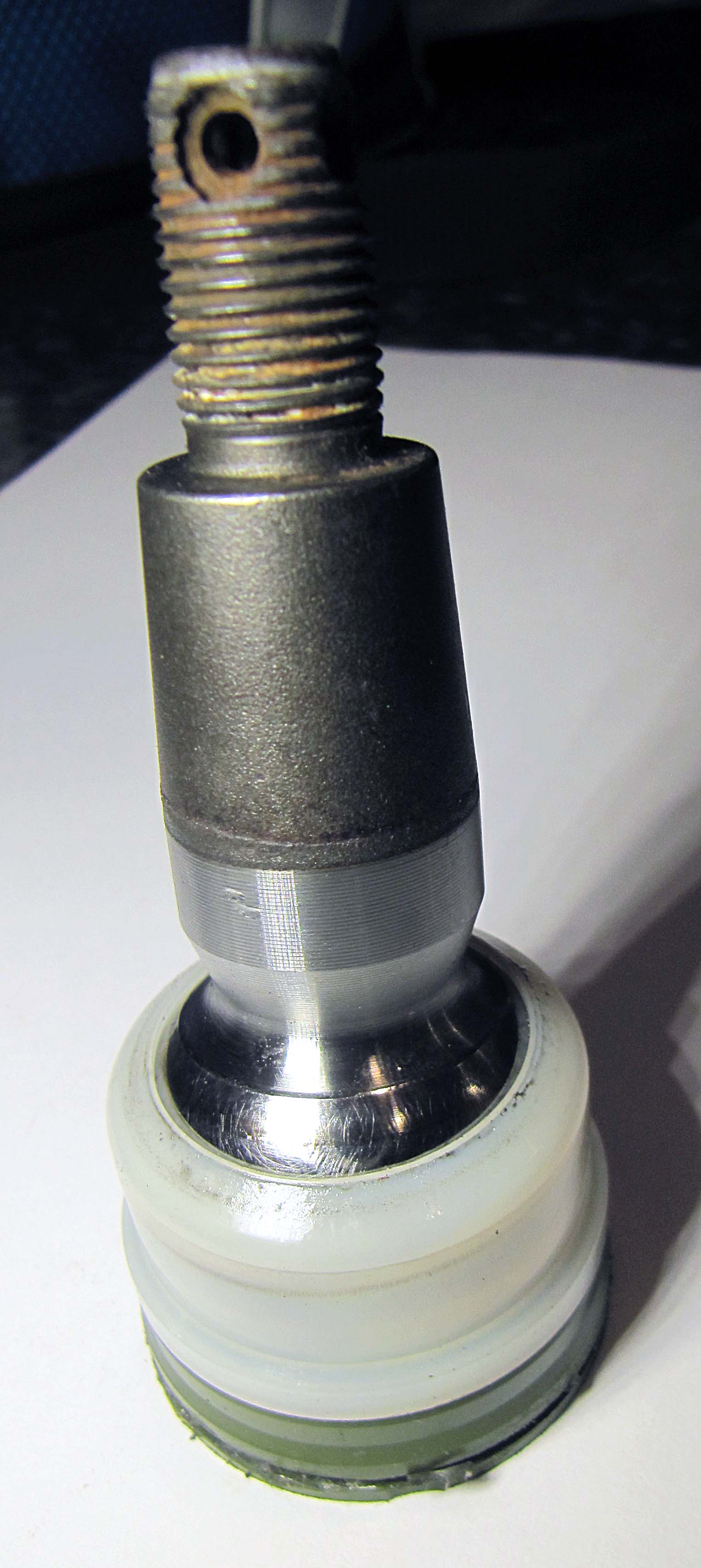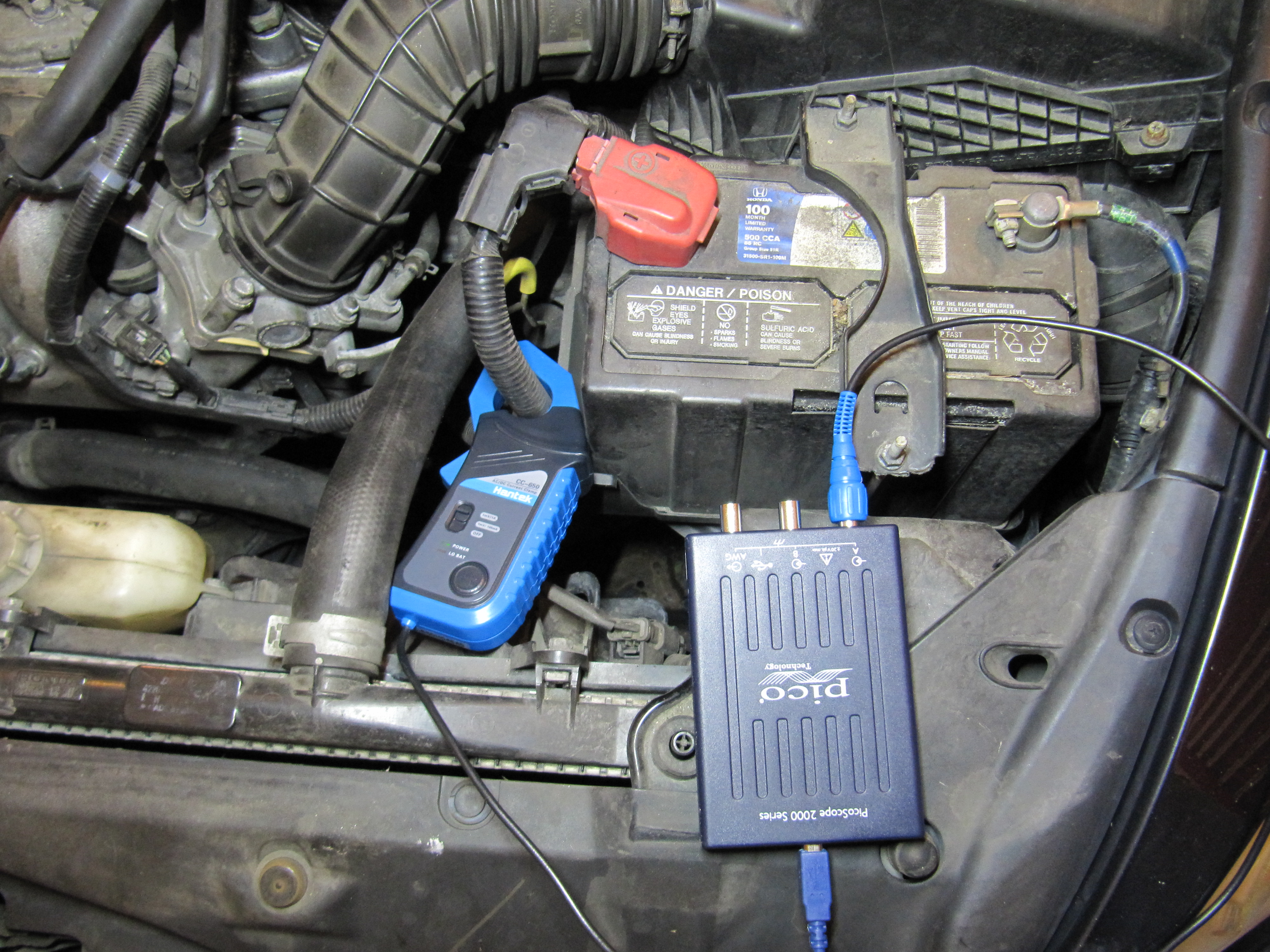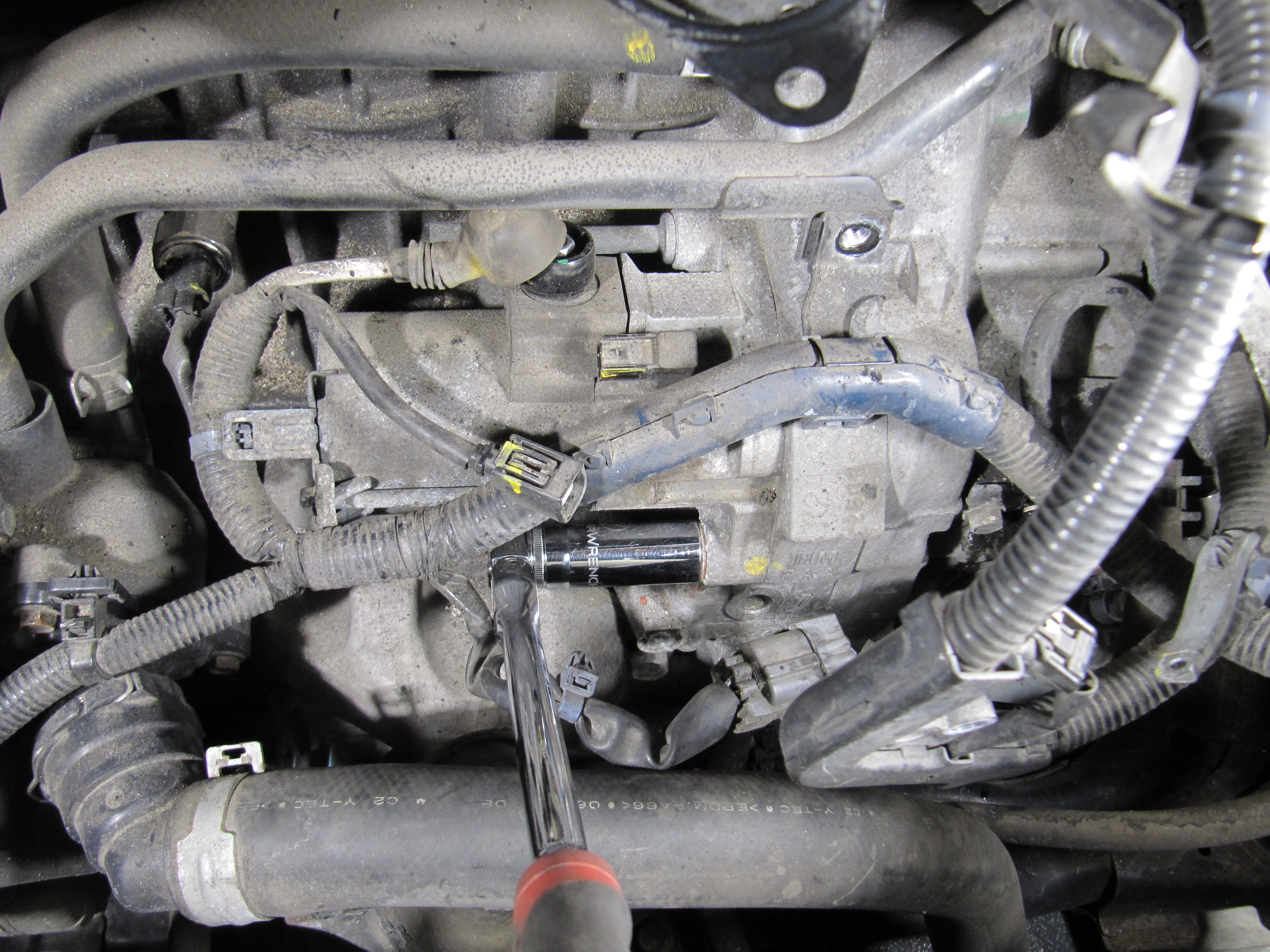I am often asked about the modification I made to the HarborFreight Tire Changer in order to hold the bar in place as shown here with the arrow:

I find that the bar holder makes the tire change process a lot easier having the bar held in place rather than having to fumble for it while also holding the tire in position. Adding the bar holder is quite straightforward. It is made from a short section of 1-1/4″ steel pipe clamped to the tire changer using two-piece clamping collars like these: https://www.amazon.com/gp/product/B0063L0E9W.
If I remember correctly, I did have to grind out the inside of the collars a bit to fit the pipe since the collars have an inner bore of 1.625″ and the outer diameter of 1-1/4″ steel pipe is 1.66″.

To fasten the collars to the tire changer, I drilled and tapped some holes in the collars and then through-bolted them from the opposite side of the tire changer as shown here:

The bolts are M6 x 1.0 (6mm diameter, 1mm thread pitch):

I added a screw in the end to serve as a stop to prevent the bar from sliding all the way through:

The handle itself is just a short (maybe 3ft) section of 1″ steel pipe. The 1″ steel pipe has an outer diameter of 1.315″ which fits nicely inside the 1-1/4″ steel pipe which has an inner diameter of 1.38″ (a little over 1/16″ play).

Hope this is helpful!



